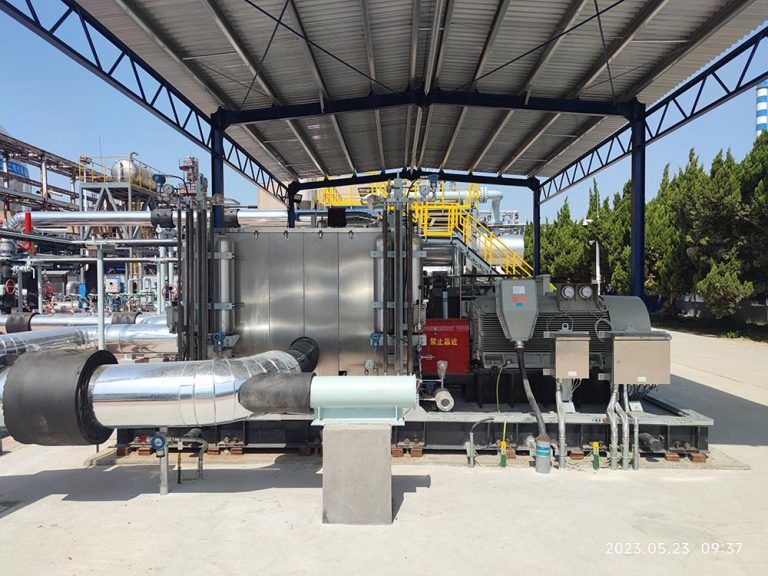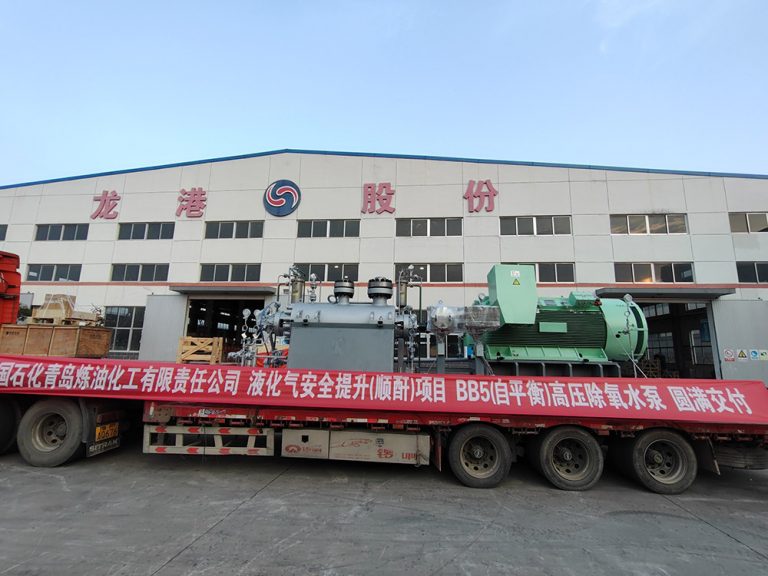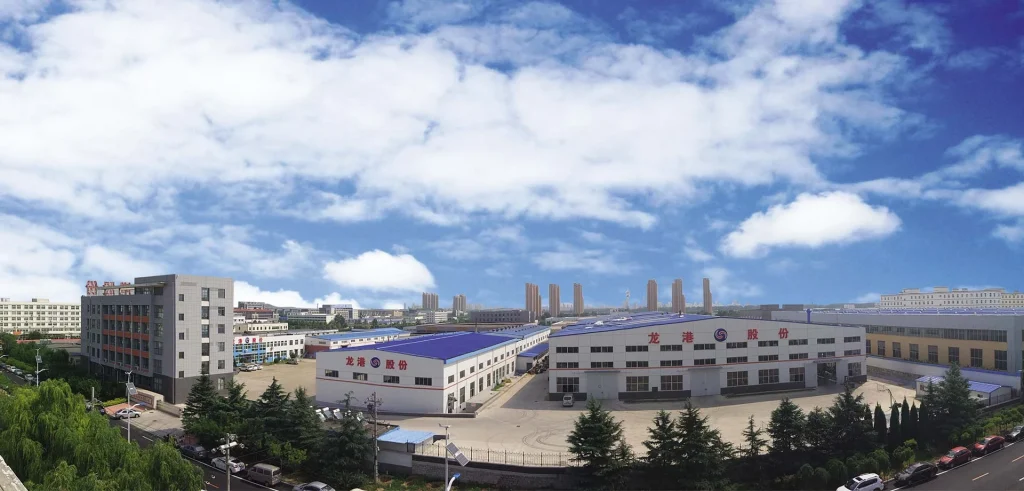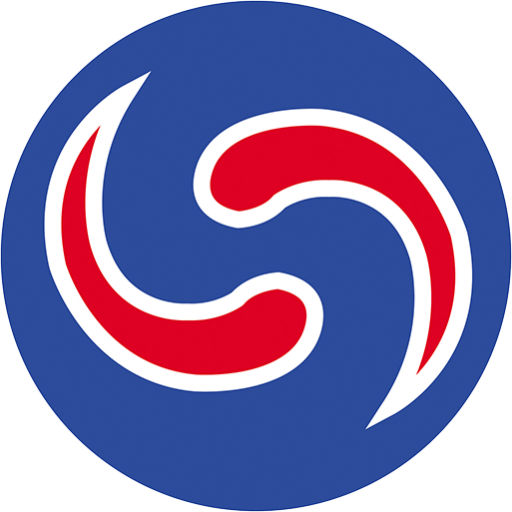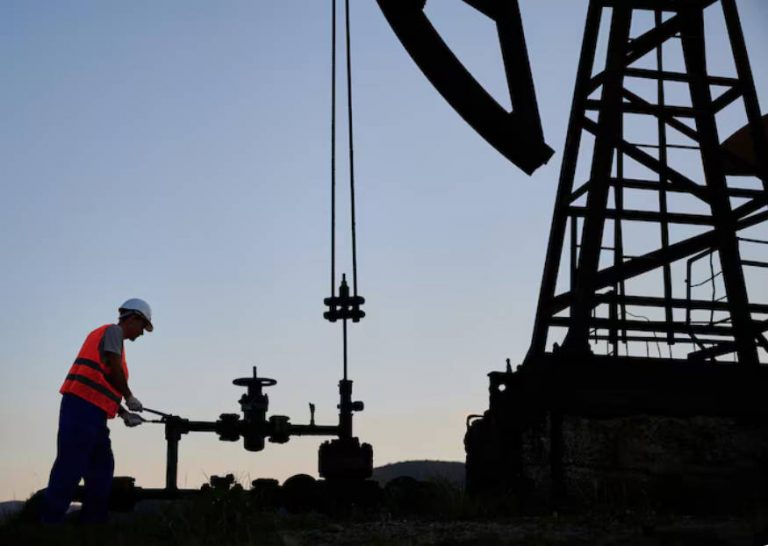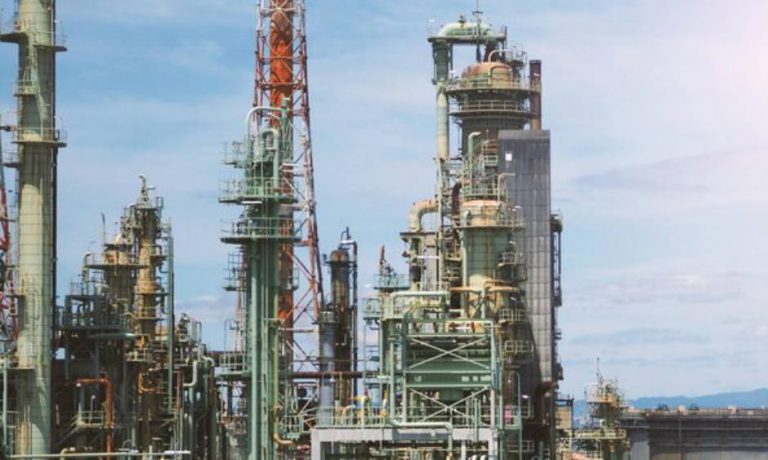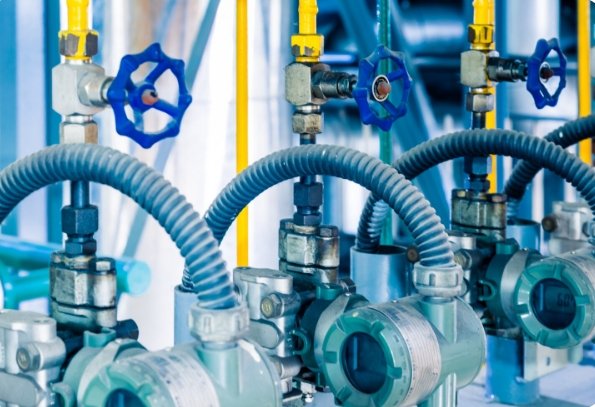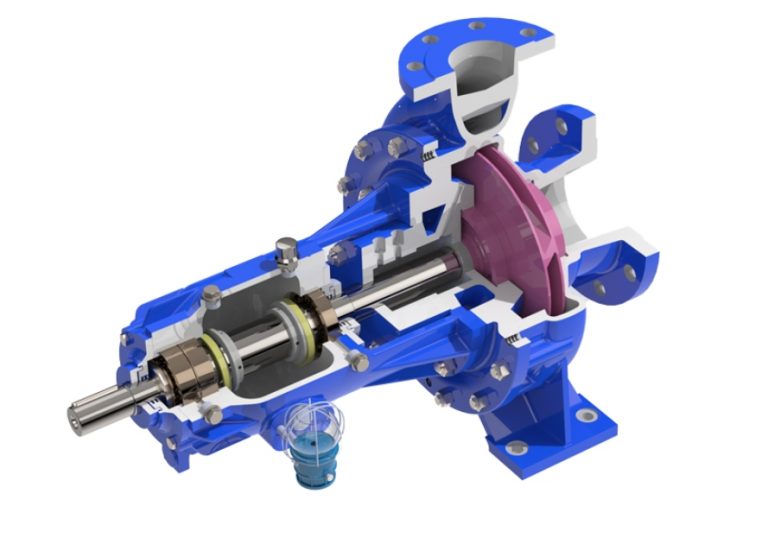Single-stage centrifugal pumps are vital for moving liquids smoothly in many industries. Improving their energy use cuts costs and supports green practices. This blog examines key factors, system upgrades, new tools, and care methods to boost energy savings. Learn how Yantai Longgang Pump Industry Co., Ltd. offers smart solutions for reliable, energy-saving single-stage centrifugal pumps.
What Are the Key Factors Affecting the Energy Efficiency of Single-Stage Centrifugal Pumps?
Energy savings in single-stage centrifugal pumps depend on their build, working conditions, and common problems. Knowing these aspects is important for improving performance and reducing energy use.
The Role of Pump Design in Energy Efficiency
The way a pump is made affects its energy savings a lot. A well-shaped impeller makes liquid flow easily, which lowers energy loss. The casing, when built well, turns motion into pressure nicely, so less energy is wasted. Smooth, rust-free materials cut friction, which helps save energy. For example, the LZA OH1 Single-Stage Cantilever Centrifugal Pump from Yantai Longgang uses advanced impeller and casing shapes to improve energy savings in high-flow jobs.
The Impact of Operating Conditions on Energy Consumption
The conditions a pump works in change its energy needs. If a pump runs outside its planned flow or height, it uses more power. Thick or rough liquids need extra energy to move. Choosing pumps suited for specific liquids, like the LZE OH2 Single-Stage Cantilever Centrifugal Pump, ensures good performance. High resistance in pipes or setups also raises energy needs, so proper setup is key.
Common Inefficiencies in Single-Stage Centrifugal Pumps
Some issues can lower a pump’s energy performance. Cavitation happens when low pressure makes bubbles that burst, which hurts efficiency and damages parts. Leaks from worn seals make the pump work harder, wasting energy. Misaligned parts cause friction, so the pump needs more power. Fixing these problems through careful selection and regular care is necessary to save energy.
How Can System Optimization Improve Energy Savings?
Upgrading the whole pump setup boosts energy savings, cuts expenses, and makes equipment last longer. Choosing a pump that fits the setup’s needs is vital. Running near the pump’s best efficiency point cuts energy waste. For example, the LZV OH3 Single-Stage Vertical Pipeline Centrifugal Pump is made for specific flow and height needs, which helps avoid extra energy use. Checking the setup’s needs ensures the pump isn’t too big or too small. Oversized pumps waste energy, while undersized ones struggle to meet demands.
Proper setup and ongoing care are also important. Correct alignment during installation cuts shaking, which saves energy. Well-planned pipes with fewer turns lower resistance, so the pump uses less power. Variable Frequency Drives (VFDs) adjust motor speed to match needs, which saves energy fast. They also reduce wear on parts, so the pump lasts longer. These upgrades lead to lower costs and better performance.
Are There Advanced Technologies That Contribute to Energy Savings?
New tools make single-stage centrifugal pumps more energy-saving and budget-friendly. Rust-proof metals, like stainless steel, cut friction and wear, so the pump runs smoothly. Special coatings on parts lower resistance, which improves liquid flow. Lighter materials ease the motor’s workload, so less energy is needed.
Smart setups with Internet of Things (IoT) technology track pumps in real time. Sensors check flow, pressure, and temperature, so changes can be made quickly. Data analysis spots problems early, which stops energy waste. Remote controls let users adjust settings to match needs, so energy isn’t wasted. Computational Fluid Dynamics (CFD) models liquid flow, which improves impeller and casing designs. This cuts turbulence and saves energy. These tools make pumps more efficient and suited to specific jobs.
Why Is Regular Maintenance Critical for Energy Efficiency?
Ongoing care keeps single-stage centrifugal pumps running well, which cuts energy costs and avoids downtime. Worn impellers or seals lower performance because they cause leaks or blockages. Checking these parts often finds issues early, so energy isn’t wasted. Misaligned shafts or unbalanced impellers increase friction, which raises energy use. Routine checks make sure parts are aligned and balanced, so the pump runs smoothly.
Regular inspections have many benefits. They find problems before they cause big energy losses or breakdowns. Keeping parts clean and lubricated keeps performance strong, so the pump uses less power. Ongoing care also makes the pump last longer, which lowers replacement costs. These steps ensure the pump works efficiently and saves energy over time.
| Care Task | Frequency | Energy-Saving Benefit |
| Seal Check | Every 3 Months | Stops leaks, cuts energy loss |
| Alignment Review | Every 6 Months | Cuts shaking, lowers friction |
| Impeller Cleaning | Once a Year | Keeps liquid flow smooth, boosts efficiency |
How Can Yantai Longgang Pump Industry Co., Ltd. Support Your Needs?
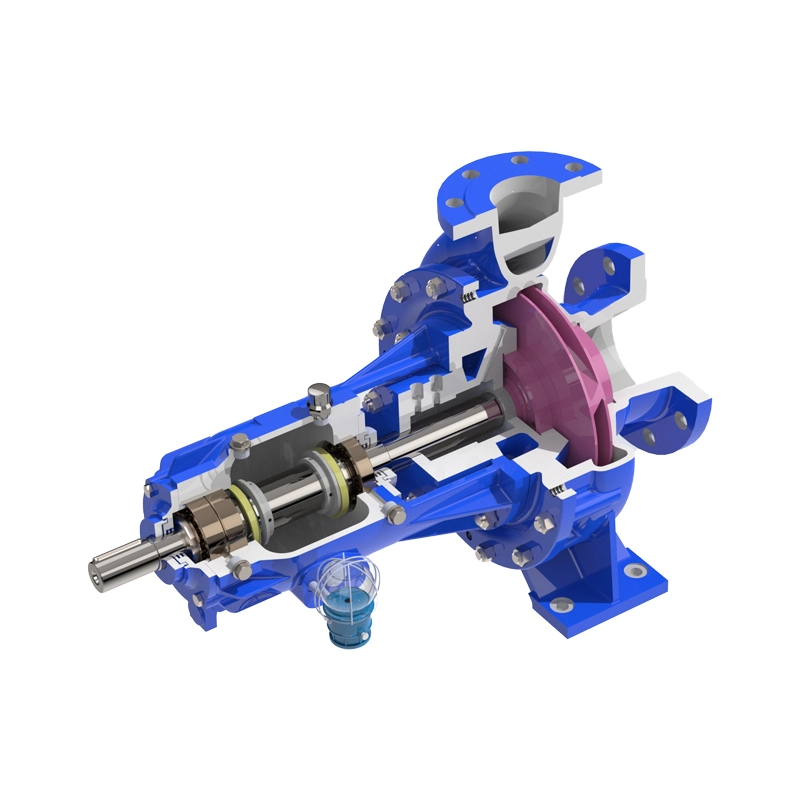
Yantai Longgang Pump Industry Co., Ltd. is a trusted provider of single-stage centrifugal pumps. Their products include the LZA OH1 Single-Stage Cantilever Centrifugal Pump, which is great for high-flow jobs. The LZE OH2 Single-Stage Cantilever Centrifugal Pump works well in tough conditions. The LZV OH3 Single-Stage Vertical Pipeline Centrifugal Pump fits small spaces. For custom solutions, contact them via their contact page.
Conclusion
Single-stage centrifugal pumps are essential for moving liquids efficiently, and improving their energy use cuts costs and supports green goals. Focusing on design, setup upgrades, modern tools, and regular care leads to big energy savings.
FAQs
What Is the Typical Lifespan of a Single-Stage Centrifugal Pump?
With proper care, single-stage centrifugal pumps can last 10 to 20 years. Regular checks and quick fixes keep them running well. Operating within design limits also helps. Yantai Longgang’s strong designs, like the LZA OH1, ensure lasting performance.
How Can I Determine the Right Size Pump for My Application?
Look at flow rate, height, liquid type, and setup resistance. Match the pump’s performance to your setup’s needs. Contact Yantai Longgang through their contact page for expert help with sizing.
Are Variable Frequency Drives Necessary for All Applications?
VFDs aren’t always needed but are very helpful for setups with changing demands. They save energy by adjusting motor speed. For steady-flow jobs, standard motors may work, depending on cost and efficiency goals.

